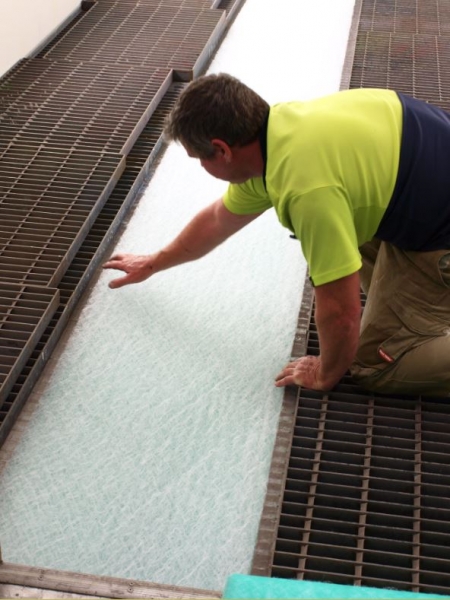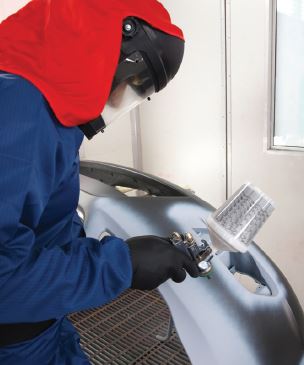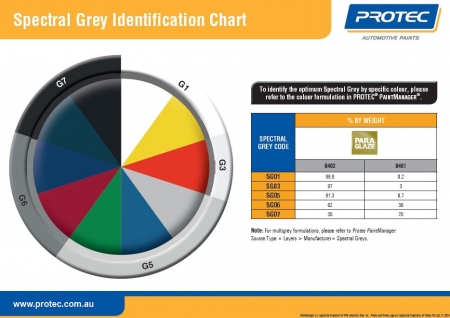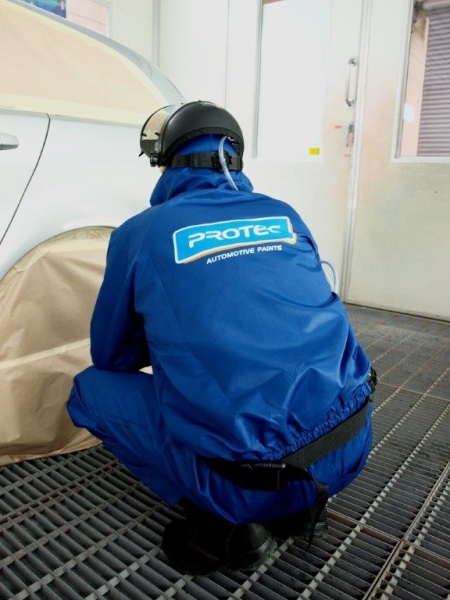Break The Dust Cycle
Does your business have a plan to minimise dust? We all know the result of excessive dust particles in refinish paintwork – wasted labour time de-nibbing and buffing which is a significant business cost. Unfortunately, some bodyshops don’t make that connection back to dust.








